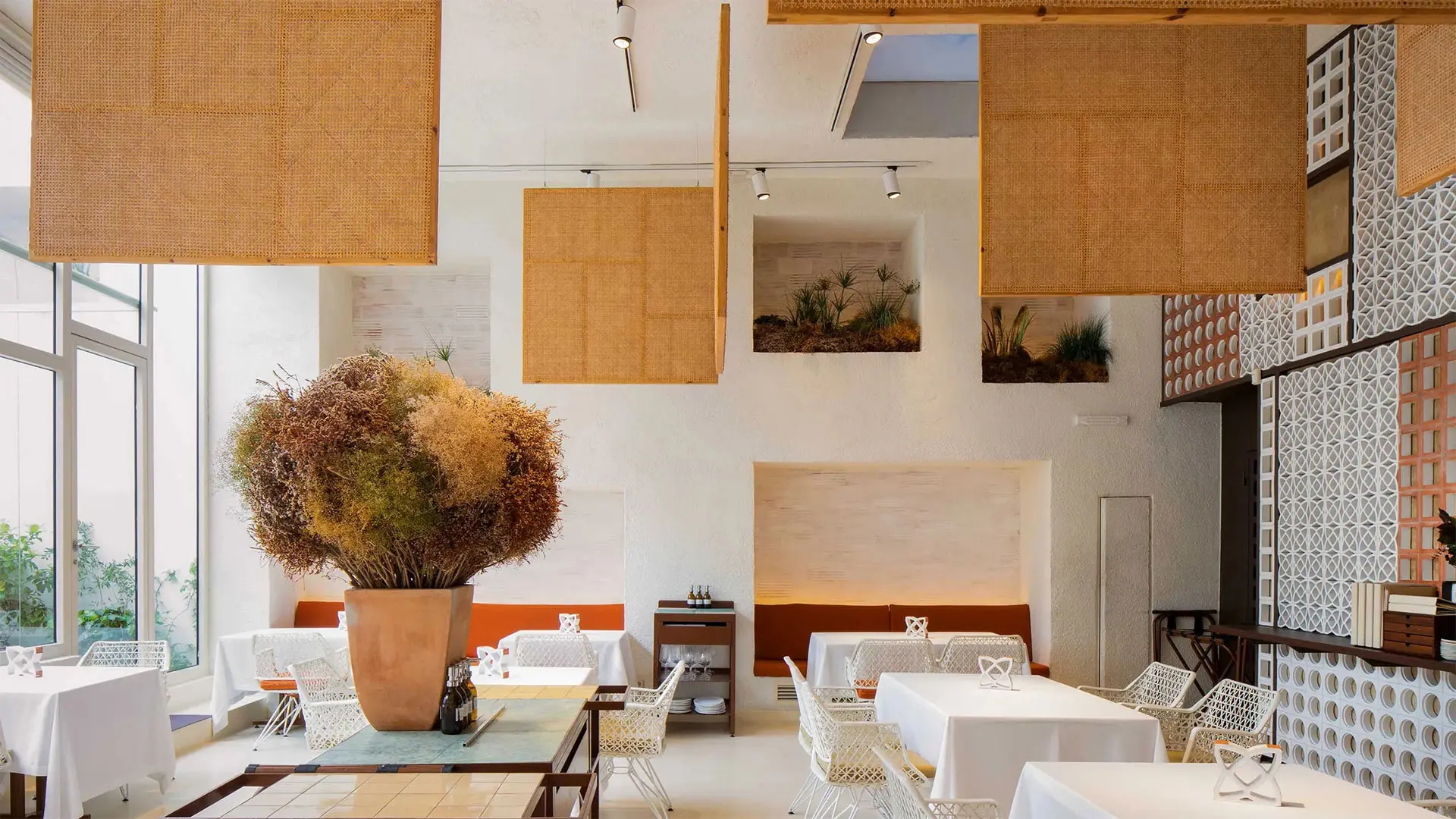Locals only eat sardines in the months that don’t contain an R
What could be a more iconic picture of Málaga than sardines (espetos) roasting on an open fire on the beach in Málaga, but did you know that locals only eat sardines in May, June, July, and August? Why is that? I hear you cry! Well it is because the sardines are traditionally a summer dish and the catch is always fresh and local during the summer months. Do as the Málaga locals do and partake in these delicious, healthy fish on a Málaga beach this summer, they are low in calories and mercury and high in protein, vitamin D and iron, plus they taste delicious of course.

You can buy ice cream for dogs
A company called Vital Ice Cream came up with the genius idea of making ice cream for dogs (and cats) as they are more than 200 times more intolerant to lactose than humans. The ice cream flavours include vanilla, cream and ham currently but they are hoping to expand their range in the future. You can find the ice cream at their shop on Calle Sancha de Lara in Málaga and at selected vets, in half litre sized tubs, in Málaga, Granada, Cordoba and Seville at the moment but they hope to increase their outlets soon. The ice cream is lactose free, low in fat and contains no added sugar, watch this space for pet birthday cakes in the future too!

Picasso was baptised in the Iglesia de Santiago
Ok this isn’t necessarily something you didn’t already know, but did you know his full baptism name? It’s Pablo Diego José Francisco de Paula Juan Nepomuceno María de los Remedios Cipriano de la Santísima Trinidad Martyr Patricio Clito Ruíz y Picasso….phew! Picasso is actually his mother’s name and his other baptism names come from saints and family members including his father Jose Ruiz Blasco. As a side note did you know that Picasso’s first word was pencil, well actually piz, short for lapiz the Spanish word for pencil, bit of a stretch maybe?

Málaga has its own ‘Haunted Mansion’
Cortijo Jurado is an abandoned mansion, built in the nineteenth century by one of Málaga’s most influential families, the Heredia family. It is a calendar mansion so has a window for every day of the year, and is a hotspot for ghost hunters because of the reports of mysterious sounds coming from the huge house. The Heredia family are legendary for being Satanists and were said to have performed rituals, on the girls they kidnapped, at the mansion which included rape and murder. They were never brought to justice for their crimes because of their power and money and ghost hunters from all over Spain and beyond travel to the house to seek out the long departed victims of these awful crimes.

Málaga is one of the world’s oldest cities
When the city was founded by the Phoenicians in 770 BC, it was known as Malaka, it has changed hands lots of times since then, each time its name has evolved until it finally became the ‘Málaga’ we know and love today. Thanks to its rich cultural history, Málaga is a city of spectacular architecture from Phoenician, to Roman, to Arabic and Baroque, each style as beautiful as the last. Some of Málaga’s other names include Malaca from the Roman era and Malaquah from the Arabic era.

The crypt at Iglesia de la Victoria houses a collection of macabre skeletons
Compared to other architecture in Málaga, this almost non-descript building is often overlooked for the more auspicious and impressive Málaga monuments. However if you take the time to visit you will be in for a treat, the inside is simply spectacular and the crypt is an absolute must-see when you visit Málaga. This seventeenth century crypt is decorated in Baroque style, with scenes of death, white skeletons on black backgrounds and is simply beautiful, in a morbid kind of way. You climb the stairway to the cúpula which is like entering heaven… It’s truly breathtaking and was paid for by The Duke of the Palacio de Buena Vista.

Malagueños are also known as Boquerones (anchovies)
Málaga is world renowned for its seafood, not least its boquerones, otherwise known as anchovies. Boquerones are usually served pickled in vinegar or battered and fried, either way they are a much-loved meal in Málaga, so much so that it became the nickname of people from Málaga, including the members of its football team, Málaga CF. Malagueños are proud people, patriotic and loyal and they love and are proud of their nickname.

Málaga has its own squatter’s palace
The invisible house on Calle Nosquera was occupied by squatters in 2007. In 2011 it was legally handed over to the ‘squatters’ who have run the place as a cultural centre ever since. There they organise educational courses, plays, debates, concerts and much more. The building cannot be claimed back by the council as it now has a manifesto stating the building is in use as a cultural and social space. The house is well maintained and has a central courtyard enriched with plant life, an important green space in the middle of the city which is open to the public.

Málaga city has an English cemetery
In the nineteenth century William Mark who was a British Consul in Málaga decided that the Catholic burial procedure was not suitable for non-Catholic Christians and a new church and cemetery was needed. The Anglican cemetery was built in 1830 and covers more than 8,000 square metres and is home to over 1,000 graves. Since 2005 the cemetery is also home to a visitor centre and gift shop which is staffed by volunteers, the cemetery is owned by the British government but all its funds are from The English Cemetery in Málaga Foundation which was created in 2010.

Antonio Banderas is one of Málaga’s greatest advocates
The huge Hollywood star was born in Málaga and owns an apartment on the prestigious Calle Larios, right in the heart of Málaga city. Antonio never misses the Málaga Semana Santa parades and he is usually a part of other big events in Málaga such as the annual film festival of which he is honorary president. At the event this year he was awarded a gold Biznaga (the awards given at the festival – and the traditional floral symbol of Málaga) for his services as the president of the film festival and in recognition of his constant support of Málaga.

Málaga is a magical city, full of contrasts and surprises. If you would like to know a little more about this wonderful city have a look at our Guide to Málaga. You can also take your pick from some of our fabulous tours such as Art in Málaga or our Málaga Tapas Tour. Don’t hesitate to get in touch for bespoke guided tours of this amazing city or elsewhere in Andalucia.























